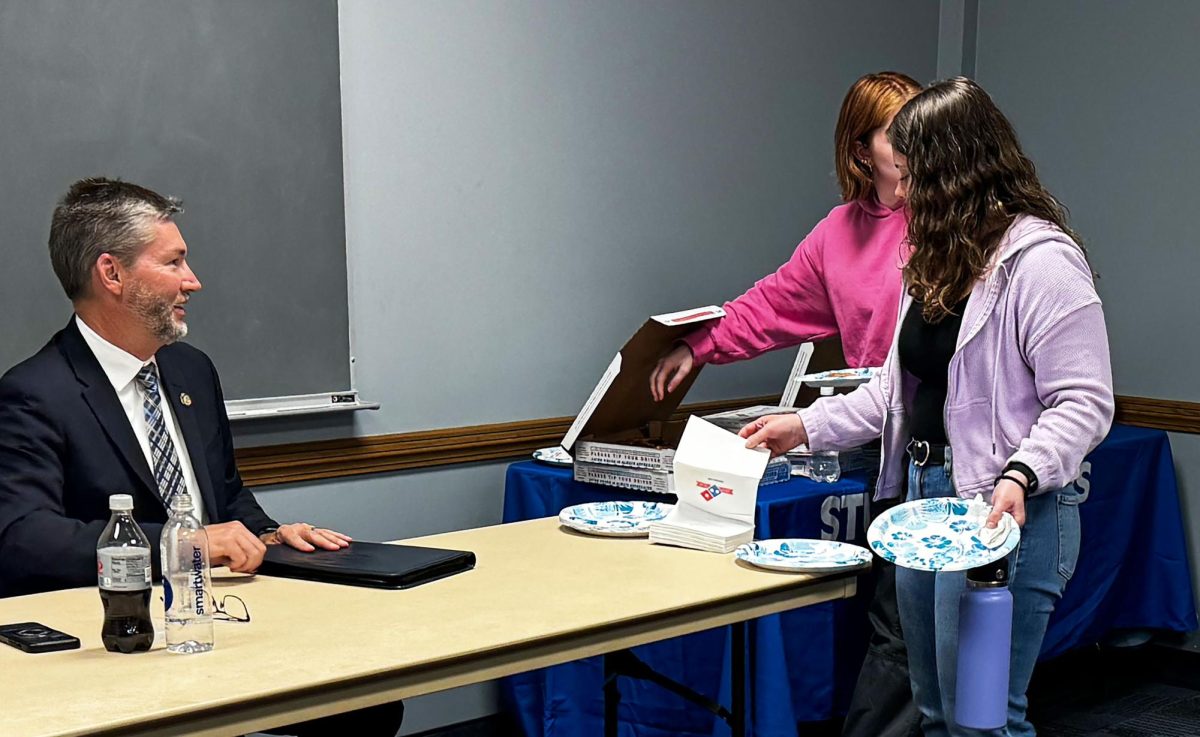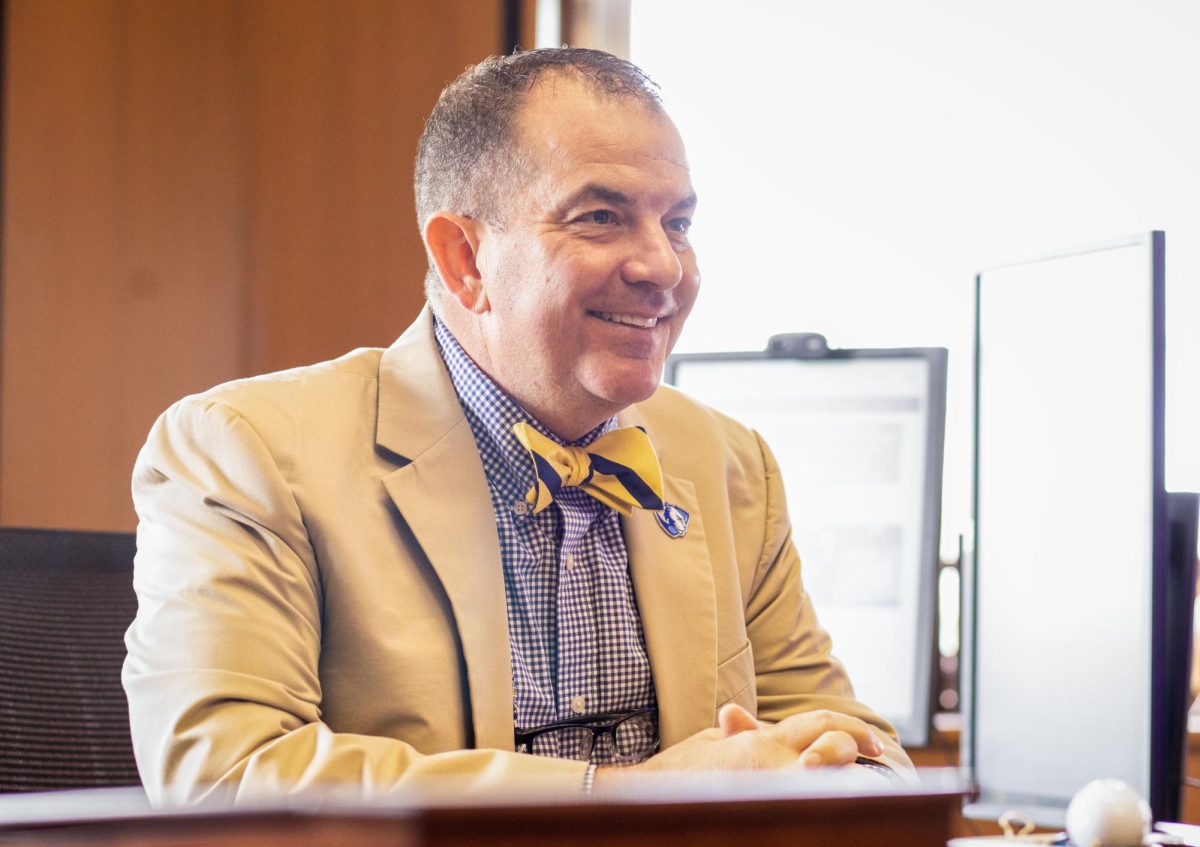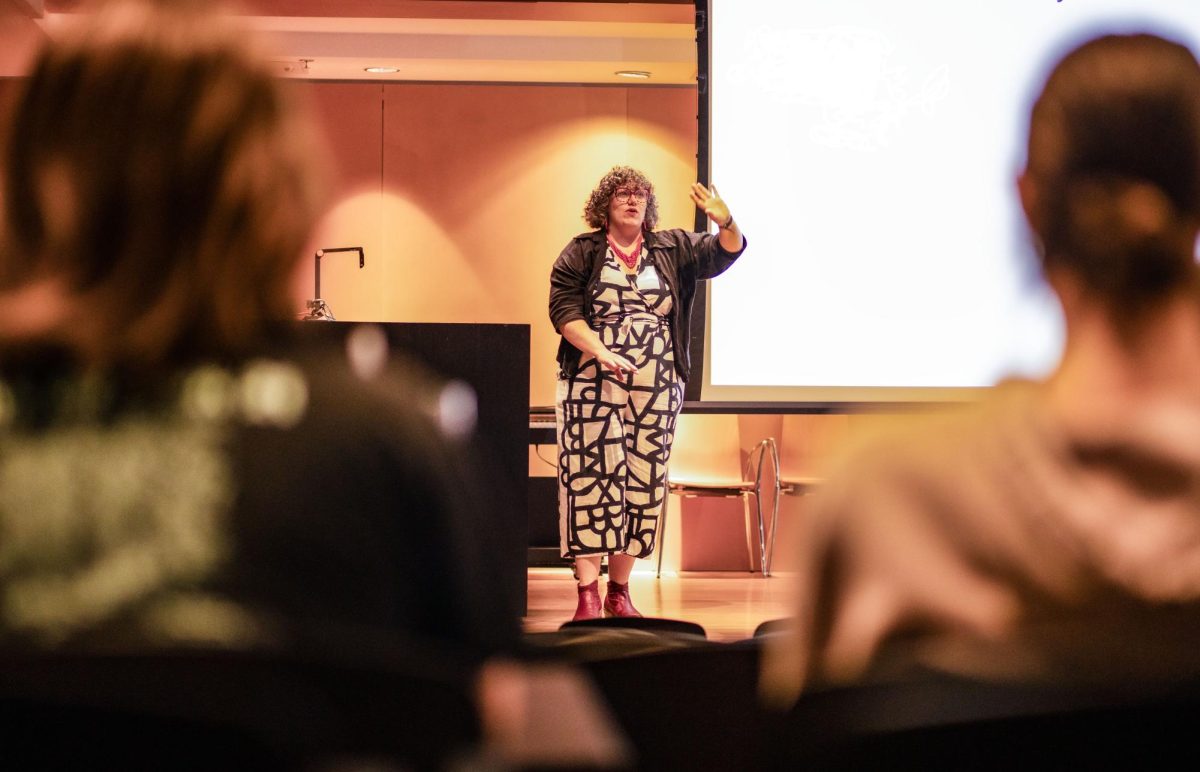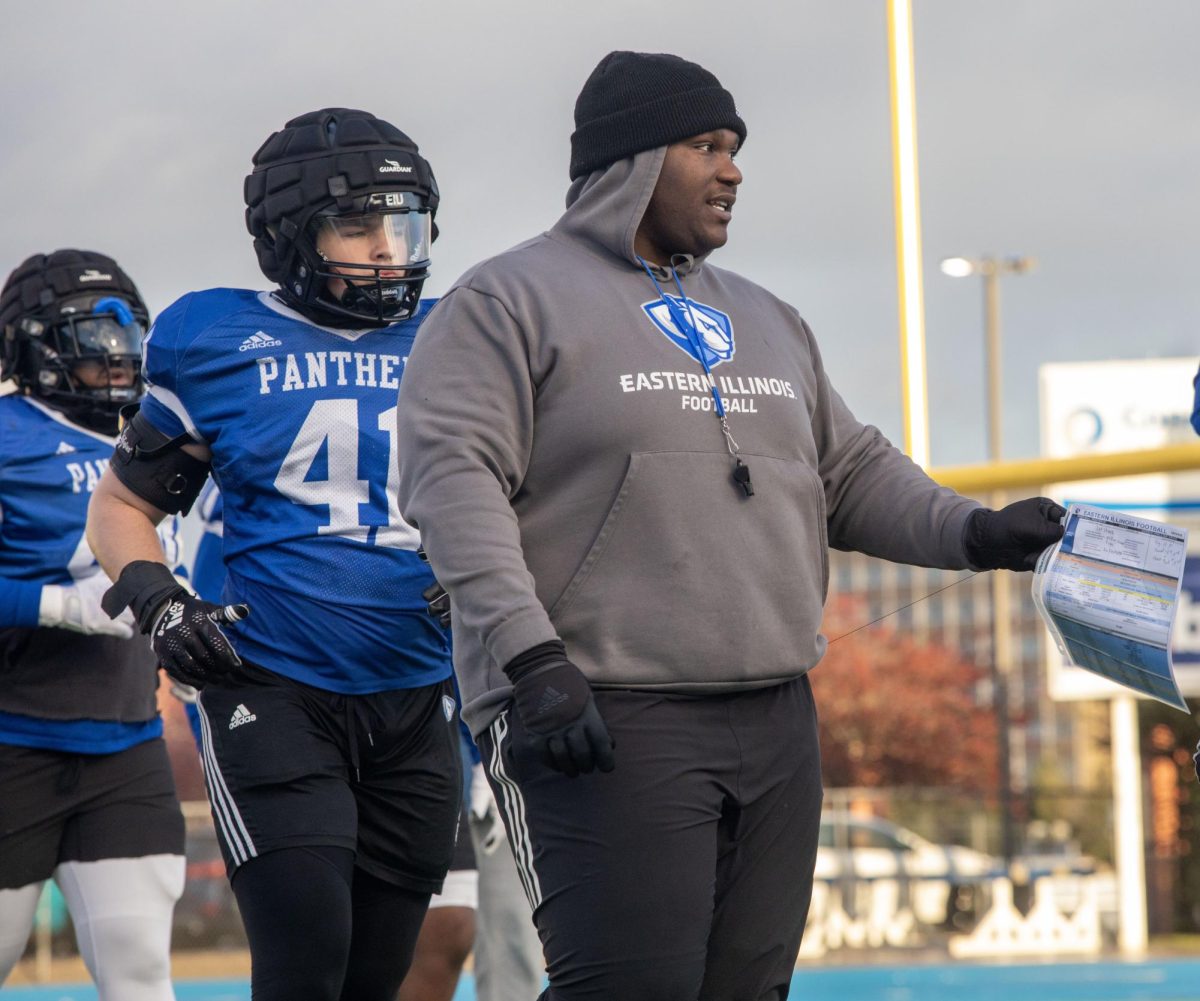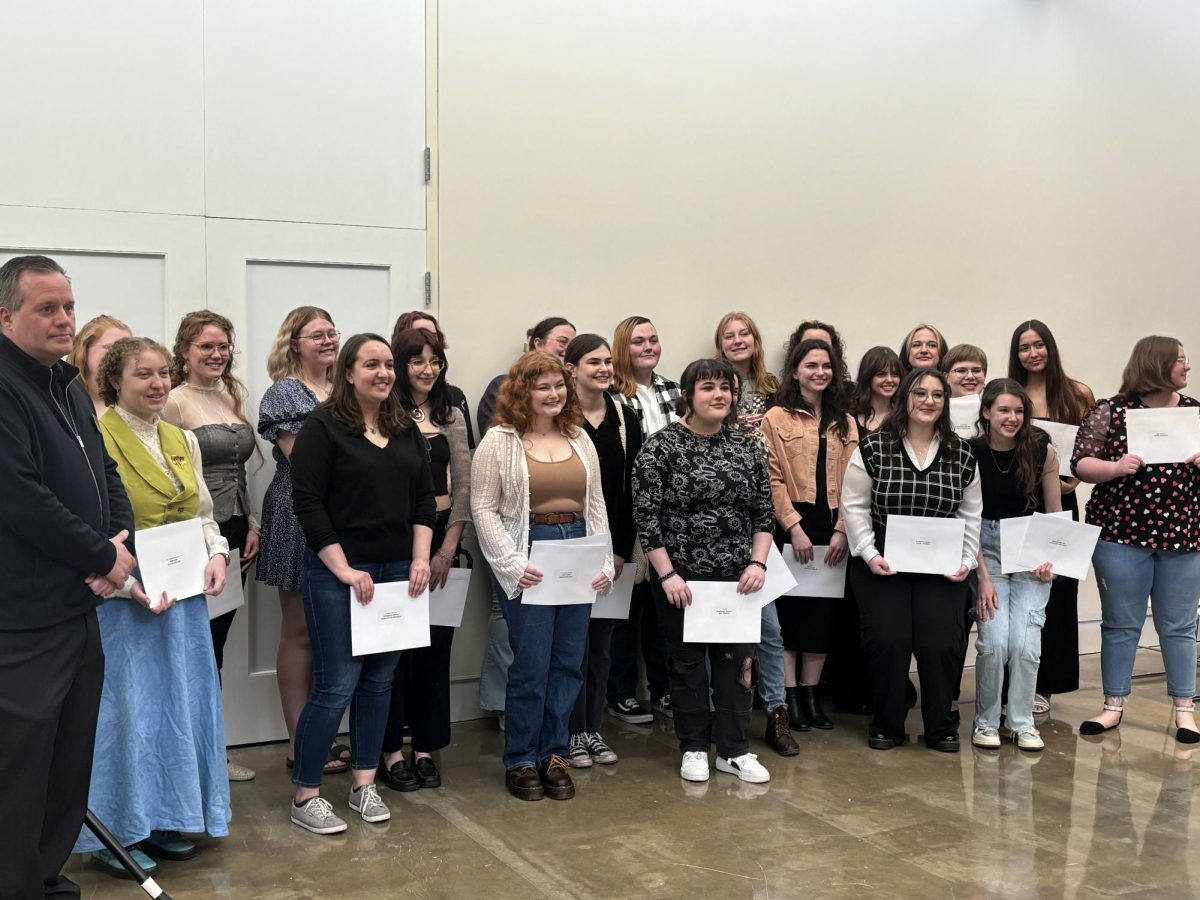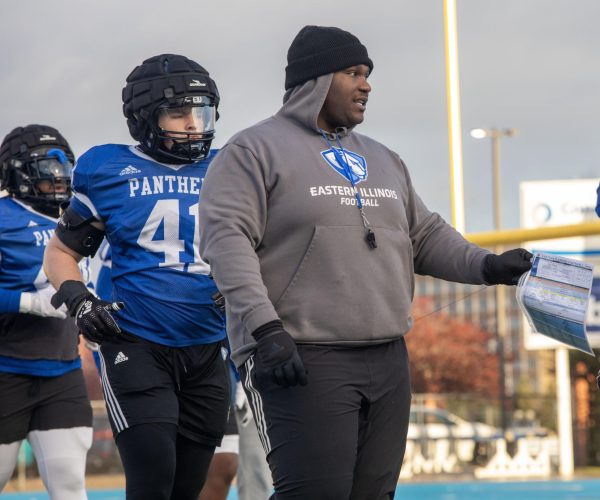Editorial: Approve community garden for Charleston, Eastern
Our View
Situation:
Eastern has unused lots of campus that are not visually appealing, but could be transformed into natural plant life.
Stance:
The administrators should authorize the proposal to make a community garden of an unused lot and make the campus look nicer.
Eastern’s process of going green could take a whole new step.
Jamie Flood, a junior sociology major, has been working on an independent study that is proposing a community garden to Eastern’s administrative staff.
Gary Foster, sociology department chair, and Gene Deerman, sociology professor, have been working with Flood.
Foster said this process is still in the works, and it would be at least two years before the garden is complete. While this is still a long-term idea, we fully support continuing to beautify our campus, and creating stronger bonds among the inhabitants and the local community.
Foster said, ideally, the garden would be on the southwestern part of campus, but the university would have the final approval of where it would be located.
Deerman said the approval could happen as early as the spring.
Community gardens transform empty lots into green, living spaces. They are collaborative projects created by members of the community; residents share in both the maintenance and rewards of the garden. There are an estimated 10,000 community gardens within U.S. cities.
“It is a chance to build personal relationships with not only Eastern faculty, staff and other students, but also a chance to incorporate the Charleston community and create a bond with them as well,” Flood said.
And that certainly can’t hurt Charleston-university relations.
The next step in their process is waiting for the university to grant them an area of land for use.
“Community garden projects, often take a couple years to see development – it takes quite a bit of effort and time,” Foster said.
Although it will take a few years for the garden to become sufficient, due to soil treatment and development, Flood along with Deerman want to make this a long-range program.
“We hope that it will last for many years to come, allowing everyone to benefit and participate,” Deerman said.
The group also wants have a children’s garden that allows kids the chance to plant their own vegetables.
Flood also described the experience of working with the community garden as a “learning laboratory” allowing participants within the garden the chance to continuously learn and work together to produce a sufficient garden.
This garden effort will also help foster a learning environment that can be beneficial to those studying botany, and the garden can also be an educational tool to the community.
“Everyone will get the chance to be a leader,” Flood said. “From the construction of the garden to the different soil and rain techniques that we will try to use, there will be many opportunities for everyone to take the leadership position and help others to learn new things.”
This addition of a community garden can only help people, and the university should act on it and approve the garden.



